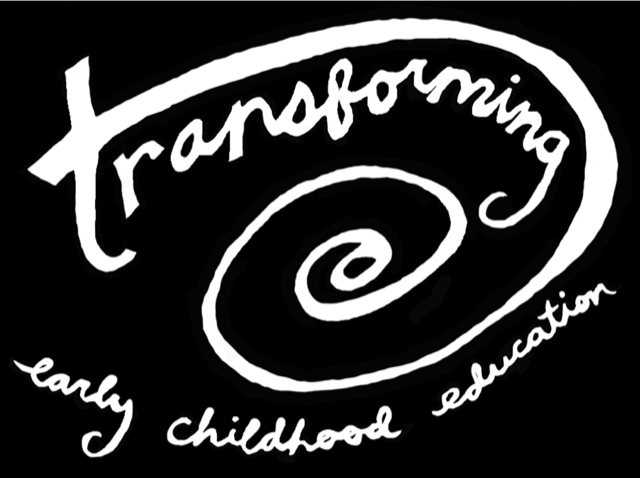The Key to Early Brain Development
The Key to Early Brain Development
Did you know that young children learn everywhere all the time? Research shows that the experiences we have early in our lives affect the physical architecture of our brains- our brains are built over time based on our life experiences.
Imagine building a house without a sturdy base - eventually, it wouldn't be stable and would fall. Similarly, our brains need a solid foundation for future development. Every positive interaction a young child has with trusted adults in their life builds the architecture of their developing brain, laying a sturdy foundation in the early years that provides a stable base for a lifetime of healthy mental function and overall well-being.
How are these solid brain foundations built and maintained in a developing child? One way is through what researchers call serve and return interactions. Imagine a tennis game where one player serves the ball and the other returns it. This scenario helps you visualize the strategy.
In serve and return interactions, the trusted adult is fully present and waiting for the child to provide the serve. It may be a glance, a babble, or a sentence. Once the child serves, the adult returns the serve with meaningful communication. This back and forth continues until the child is finished with the interaction. When a child has these meaningful interactions with a trusted adult throughout their early years, they are adding the building blocks that strengthen their developing brain.
Unfortunately, there is another type of experience that shapes the architecture of a child's brain- stress. There is everyday stress, such as meeting new people or trying something new. This stress is manageable with the support of a trusted caregiver. There is another type of stress, toxic stress, that is incredibly harmful to the developing brain. Toxic stress includes abuse and neglect.
Young children have a biological need for responsive interactions with adults. Neglect in young children occurs when they don't receive what their brains are expecting, specifically the input (secure connections) they are biologically waiting for from the adults around them.
When serve and return interactions are absent, as they often are when adults are constantly busy and not present, the brain's essential ingredient is pulled away. Did you know that when a young child is not attended to, their body takes it as a sign of danger? This feeling causes the brain to be flooded with stress hormones. When these stress hormones consistently flood the brain, the synapses in the brain will fail to form.
It is important to remember that there are several categories of neglect:
-Let's start with Occasional Inattention - this is where the child has to wait, for short periods of time, for an adult to assist them through co-regulation. This is not harmful to the child; it is actually part of the process of learning to regulate their emotions.
- The next category of neglect is Chronic Under Stimulation - this is when, regularly, the child has less interaction with a trusted adult than is needed for healthy development (ex., when a child spends significant periods of time interacting with technology on their own without adult interaction). This type of neglect can be repaired if the child regularly attends a quality early childhood program whose first focus is on establishing nurturing relationships between the children and their caregivers.
- Severe Neglect in a Family Context is the next category- this is where there are extended periods of inattention and adults not meeting the child's basic needs (not being fed enough, not being bathed enough).
- We then move into the fourth category of neglect, Severe Neglect in an Institutional Setting- this is when children are in transitional care, temporary care, or orphanages, where the child does not have the same (familiar) caregivers, so they do not establish those secure attachments needed for proper development.
It is an unfortunate fact that children in the United States are more likely to suffer from neglect than any other type of maltreatment. We, as early childhood professionals, can be the change that is needed for our nation's children. We can make the choice every day to see each child as the curriculum. This will ensure that we consider their needs when planning learning opportunities, rearranging our classrooms, and ultimately understanding that a present, engaged adult is far more important than a rushed and busy one.
Are you ready to be the change that our children need? Start seeing yourself as a Brain Architect! Spend a week being more present than you are busy. Choose materials at the beginning of the week that will stay out all week long. Spend time sitting and observing the children in their play. Put your phone or other technology away. Don't stress about the kids creating products to take home; instead, focus on those serve and return interactions, and I am sure you will see a difference in not only your relationships with the children but also with your understanding of where they are in their development.
We need to encourage families, in a supportive way, to be more present with their children at home. The overuse of technology is really harming our children; we don't want to make parents feel guilty or ashamed when educating them about this issue. Instead, we can offer alternatives to technology that are enjoyable for all. I've created a section on my website for home-to-school connections. This is where I'll share fun learning ideas that families can enjoy at home. I started with fun ideas for bath time because during this time of the day adults have to be present and children can’t be on technology. You are welcome to share these ideas with the families in your program.



